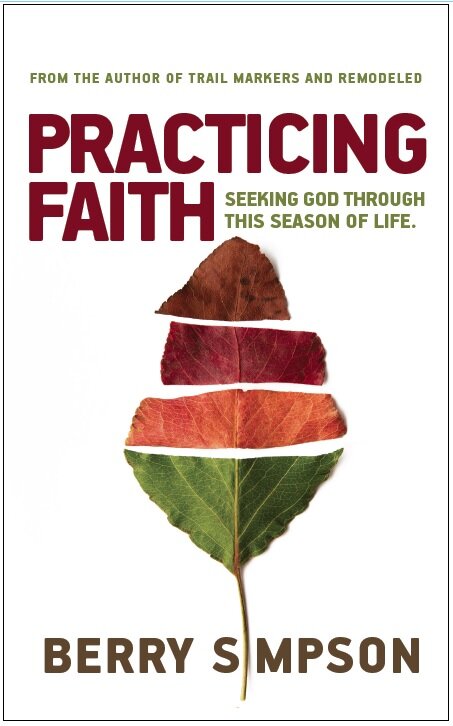The Western Wall
/Friday was our day in Jerusalem to visit the Western Wall, and we began by going underground. Our tour guide asked if anyone was catastrophobic (an accidental portmanteau from catastrophe and claustrophobic). He asked because we were going into our second tunnel tour in two days.
Most of the old archeological sites in Jerusalem are deep under the city, and tunnels are how they were discovered and explored. This particular tunnel followed the length of the Western Wall.
After the temple was destroyed by the Romans in 70 CE, the base of the walls were covered in rubble. Succeeding conquests continued to fill in the valley to make the city easier to defend and make more space for houses, which means that today, much of the Western Wall extends dozens of feet below ground level. So the tunnels were excavated to trace the wall and understand generations of development around it.
After an hour in the tunnel, we went to the above-ground part of the Western Wall where Jews go to pray because it is the closest they can get to the location of the Holy of Holies in the Second Temple. Our guide gave us some time to take photos and observe and to pray.
I wasn’t especially drawn to pray at the wall. Neither its age, nor proximity to the Holy of Holies spoke to me. I thought of it as a ritualistic symbol of a lost temple based on a religion of rules. I suppose, if anything, it was 2,000 years of accumulated prayers in this location that attracted me.
Not wanting to cause an international incident, and not certain of rules or protocol, I approached the portion of the wall not occupied by the tribe of men dressed in all black, with big black hats, swaying forward and backward as they prayed. I went to the south of them, to a spot where there were more men dressed like me.
I found a tiny crack between stones and inserted my piece of paper with this simple prayer: Jesus, make your home in my heart; make me like you (it was a tiny scrap and that was all I had room to write, but maybe that’s all I need to pray, ever, anyway).
I stood for a few minutes with both hands on the wall, absorbing with my entire body, before retreating back to a white plastic chair (they were scattered all over). I wanted to soak up the environment. God, speak to me through this.
I was surprised. It was a deep and moving experience; I lingered in my chair for about ten minutes.
There is a part of me that wants the attention to detail, the focus, the physical connection I saw in the worshipers around me. It’s so easy for me to descend into an intellectual understanding of faith. I need more physical, tangible connections to ground me in reality.
Hands-on worship has become more important to me lately. Soaking in a sacred space, or feeling tangible stones, helps me escape from the mental exercises I so often run to when thinking about God.
While sitting in the white plastic chair I realized, maybe since I was on an orchestra tour, that my engagement with worship music is similar. I go deeper when I’m playing my trombone with the group than when I’m merely listening. I need to participate physically, with breath and body, to settle the music and make room for God to speak.
I’m grateful to belong to a church that still uses an orchestra, that has a place for me to play my trombone, that provides a physical outlet for me to worship. I’m grateful to God for the gift of music, and more specifically, the talent and desire he has given me to play. And I’m grateful for these ancient stone reminders me of the dependable nature of God.
Lord, make my faith like these stones: large, solid, long-lasting, and foundational.
“I run in the path of Your commands, for You have set my heart free.” Psalm 119:32







